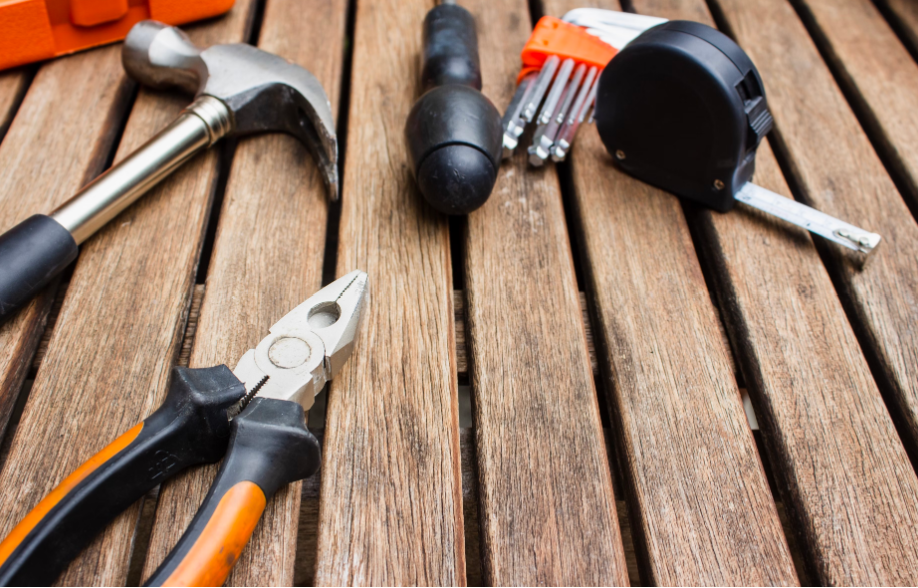DIY stands for “Do It Yourself.” It refers to the practice of creating, building, or repairing things on your own without the direct assistance of professionals. In the context of home and kitchen maintenance, DIY projects can be a cost-effective and fulfilling way to address various tasks. Here are some examples of how you can use DIY in home and what is DIY means.
Table of Contents
ToggleHome Repairs:
- Leaky Faucets:
You can fix minor leaks in your faucets by replacing worn-out washers or tightening connections. Online tutorials and DIY plumbing guides can be helpful.
- Painting:
Refreshing the paint on your walls is a common DIY project. Ensure proper preparation, such as cleaning and sanding surfaces, before applying new paint.
Related: DIY Bedroom Wallpaper Installation
Kitchen Upgrades:
- Cabinet Refinishing:
Instead of replacing kitchen cabinets, consider refinishing them. This can involve sanding, painting, or staining to give them a fresh look.
- Backsplash Installation:
Installing a new backsplash in your kitchen is a manageable DIY project. There are various materials like peel-and-stick tiles that make this task easier.
Appliance Maintenance:
- Cleaning Appliances:
Regular cleaning and maintenance of appliances like ovens, refrigerators, and dishwashers can be done by following manufacturer guidelines. This can enhance their efficiency and lifespan.
Gardening and Landscaping:
- Creating a Garden Bed:
Designing and building a garden bed is a popular DIY project. You can plant flowers, herbs, or vegetables to enhance your outdoor space.
- Lawn Care:
DIY lawn care involves tasks like mowing, aerating, and fertilizing. Following a proper schedule can keep your lawn healthy.
Energy Efficiency Projects:
- Sealing Drafts:
Identify and seal drafts in windows and doors to improve energy efficiency. Weather-stripping and caulking are common DIY solutions.
- Installing Energy-Efficient Lighting:
Replace traditional bulbs with energy-efficient LED bulbs to reduce electricity consumption.
Verdict:
When engaging in DIY projects, it’s crucial to research and plan adequately. Follow safety guidelines, use the right tools, and, if needed, consult online resources or experts. DIY can be a rewarding way to enhance your living space while staying within budget.


